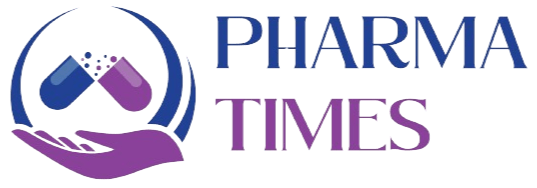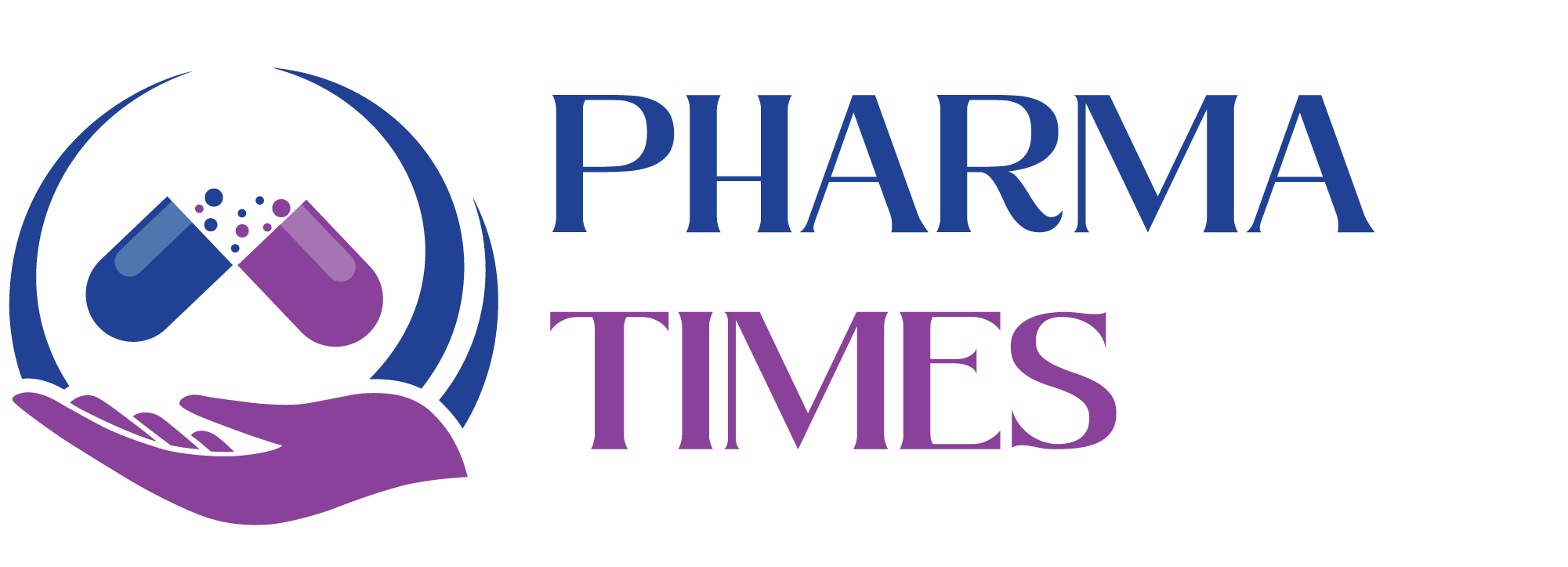“Understanding Wash-in-Place (WIP) and Clean-in-Place (CIP) Systems in Pharmaceutical Manufacturing”
Wash-in-Place (WIP) and Clean-in-Place (CIP) Systems in Pharmaceutical Manufacturing
Introduction:
In the pharmaceutical sector, maintaining cleanliness and preventing contamination is critical for product safety and regulatory compliance. Wash-in-Place (WIP) and Clean-in-Place (CIP) systems are used to clean internal surfaces of equipment without dismantling them, streamlining the cleaning process. Both methods are highly efficient, but each serves slightly different purposes.
What is Wash-in-Place (WIP)?
WIP refers to a semi-automated cleaning method typically used for non-sterile environments or equipment that requires partial disassembly. It is mainly applied in the initial cleaning stages of large equipment, where a thorough, but not fully automated, cleaning is sufficient. In WIP, water and cleaning agents are circulated through the machinery to remove residues, but manual intervention may still be required for areas that are difficult to access.
What is Clean-in-Place (CIP)?
CIP is an advanced automated cleaning process used in sterile environments. Unlike WIP, CIP requires no disassembly and is entirely enclosed, ensuring no manual handling is necessary. The system pumps cleaning solutions—such as water, detergents, and sanitizers—through the equipment. This method ensures the removal of all contaminants without compromising the sterile environment, making it ideal for processes involving sensitive pharmaceutical products.
Key Components of WIP and CIP Systems:
- Storage Tanks: Used for holding water and cleaning solutions, these are crucial for distributing cleaning agents during the process.
- Pumps: Transfer pumps circulate water and cleaning agents through the system at controlled pressures.
- Spray Nozzles and Valves: These help to distribute cleaning solutions evenly inside the equipment, ensuring every surface is covered.
How the Process Works:
The cleaning cycle begins with equipment being sealed. Detergent solutions are pumped through the system, followed by water rinses. For CIP, purified water is often used for the final rinse to maintain sterility. The equipment is then dried using compressed air or heat. This ensures no residual moisture remains, which could lead to contamination.
Benefits of CIP Systems:
- Increased efficiency: Equipment can be cleaned faster without disassembly.
- Improved safety: Automation minimizes worker contact with harmful cleaning chemicals.
- Environmental benefits: The systems use less water and chemicals, reducing overall waste and making the process more sustainable.
Validation and Compliance:
To ensure WIP and CIP systems meet pharmaceutical industry standards, validation is required. This includes assessing cleaning efficiency, the volume of water and chemicals used, and ensuring the removal of all contaminants. Regulatory authorities expect thorough documentation and testing to confirm that cleaning processes consistently meet required cleanliness levels.
Conclusion:
Both WIP and CIP systems are vital to pharmaceutical manufacturing, ensuring equipment cleanliness while maximizing efficiency. WIP is more suited for non-sterile processes with limited automation, while CIP is indispensable for fully sterile environments where contamination must be minimized. Together, they support the pharmaceutical industry’s goals of maintaining high production standards and product safety.

